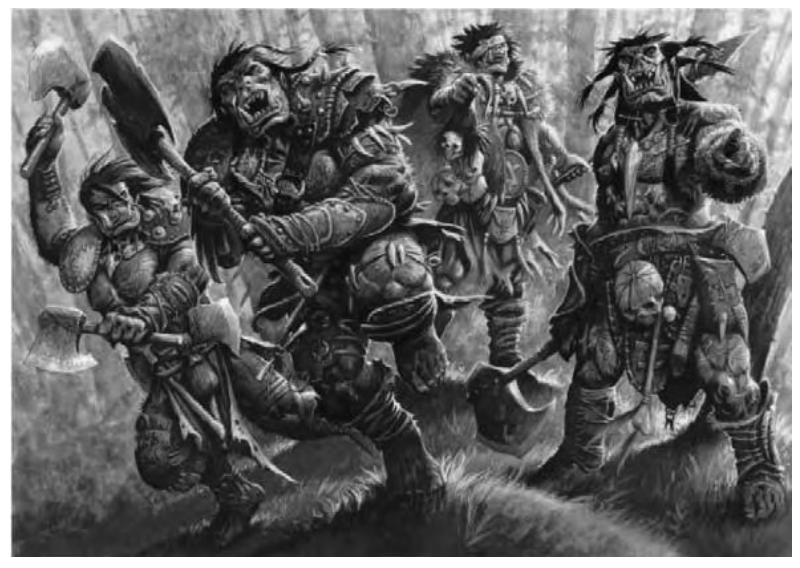created 2025-06-04, & modified, =this.modified
Why I’m reading
Mentioned on a reading list for a panel discussing racism in fantasy.
I don’t have much reverence nor direct experience with foundational fantasy such as The Lord of the Rings, outside of popular culture and the fictional lineage.
Founding Fantasy
Fantastic literature can be traced by to The Epic of Gilgammesh in 1150 BCE, but the modern conception of the fantastic literature genre are rooted in 20th century US and UK.
The imagined worlds of Middle earth and Hyboria have served as the models of other fantasies, and white men and their writing overwhelmingly influenced the founding of fantasy writing.
The genrification of fantasy was motivated by 1965 mass-market editions of LotR, as Ballatine worked on an Adult Fantasy line of 65 books between 1969 and 1974 (63 of which were reprints).
The works were strongly eurocentric. The 1974 edition of D&D imitated Tolkien’s works so closely that it infringed on copywrite elements and had to be changed in later editions.
When Tolkien started composing his mythology, it was still entirely legitimate and scientifically acceptable to divide humankind into race with fixed physical characteristics and mental abilities.
Forming Habits
le Guin’s A Wizard of Earthsea has a brown-skinned protagonist, the awareness of this is often affected by reader expectations
“a great many white readers … were not ready to accept a brown-skinned hero;” to this day, she says, “some readers notice this [his skin-colour], many don’t.”
Non-physical traits are seen as passed down across generations:
Rundorig would have been their leader, but because he was an Arend, his sense was a bit limited … Arends, of course, were very brave, but were also notoriously thick-witted.
Somatic markers:
Black hair is Evil, particularly if combined with a corpse-white complexion. Red hair always entails magical Powers … Brown hair has to be viewed in combination with eyes, whose colours are the real giveaway … Fair hair, especially if it is silver-blonde, always means goodness.
Gritty Fantasy
the kitsch and self-conscious irony of a Medieval Times or a Jorvik Viking Centre threaten to devalue the objects of our study as serious intellectual enterprises … Such an approach pushes toward an absolute separation of the Middle Ages as not only past, but also the realm of fantasy, where those [Monty Python] self-flagellating monks exist comfortably alongside wizards and dragons
Thought
This feels like it will always be a loss if viewed this way. I’m not the biggest fan of Medieval Times but I will defend the kitsch. The study and the kitsch are two distinct entities for me.
Neomedievalism - a self-conscious, ahistorical, non-nostalgic imagining or reuse of the historical Middle Ages that selectively appropriates iconic images… to construct a presentist space that disrupts traditional depictions of medieval.
Chuck Wendig finds that Whiteness is default skin color of humanoids in many games, “I can go ahead and change the skin color… but somehow the characters still look distinctly white – but painted some other color.”
“If Westeros has a its races problems, they are simply a powerful reflection of America’s”
Henry Jenkins argues that fan communities have “particular interpretive conventions.” Right ways of reading are constructed through power struggles over “intra-communal oppositional identities.”
Orcs and Otherness
Fear of racial differences has been embodied through monsters and the idea of “monstrous races” stretches back to the Classical Era.
In the nineteenth century, during the height of European imperialism, Gothic monsters such as werewolves at times took on racial dimensions; this is also present in contemporary popular depictions of vampires, zombies and aliens.
Orcs are commonly Othered by the following: their skin colour, be it green, brown, or black; extreme aggressiveness and irrationality; primitive, disorganized cultures; and homelands which are outside the borders of civilization.
Later questioning of genre conventions (orcs as necessarily evil) resulted in future novels which subverted this assumption.
Their story had never been told. Orcs were always depicted as a mind- less horde fit only to dash themselves against the heroes’ blades. I got to pondering how the winners write the history books, and thought, “Suppose orcs just had a bad press?
Common trends delineating orcs are: skin color, strength and a tendency towards aggression and violence.

Evil because they are evil:
Tolkien’s orcs are individually, inherently evil and are given purpose and direction by the imposition of a stronger will.
But:
The Hobbit film trilogy substantially reworks Tolkien’s novel to show Sauron in an active role: he sends an orc force to the Battle of the Five Armies at the end of the tale. The orc leader in the films – Azog, also called “the pale orc” and “the defiler” – is a new character built on one which is referred to but never seen in the novels. The films frame his relentless pursuit of Thorin and the dwarves as a personal vendetta which is far more significant to him than the will of Sauron. The move does nothing to undercut racial logics or change conventional representation of orcs, however, it does suggest that inherent evil is insufficient as a motivating force in contemporary narratives.
Breaking Habits
The most fundamental affordance of digital communication has been the ability of people of colour to assert their presence and have their voices heard in new ways within on- and offline communities, and SFF genre-culture as a whole. The circulation of affect and money – influence – within that highly complex network is changed by people and voices, particularly when they act collectively or with a common purpose to break its habits of Whiteness.